Bert Danckaert
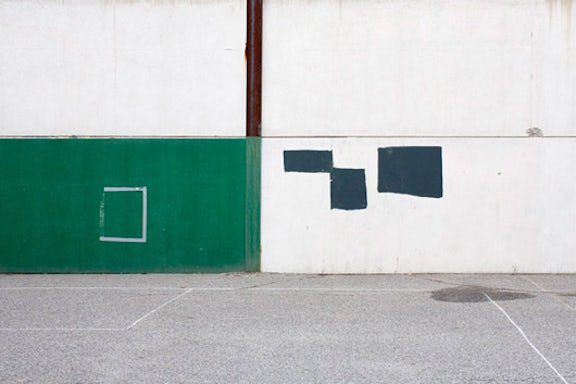
'Simple Present' #298 (New York)
HORIZON
A room full of Bert Danckaert photographs resembles a gallery of paintings. The works are large, and, at first glance, many of them seem to be composed of simple organic or geometric shapes of flat color classically arranged within the ubiquitous and intuitive photographic rectangle. We are reminded of Mark Rothko, rather than Walker Evans. A closer examination reveals random remnants of human activity and its detritus with the encyclopedic detail that only photography can render. There is no doubt that these images are rooted in the real world, but even writ small on the pages of a book, their formal aesthetic power dominates, confounding the desire for information that photographs usually satisfy. We are challenged to understand the intentions of this observant and contemplative photographer whose captured fragments of the world are both true and transcendent, but the works themselves may encourage us to embrace their contradictions in much the same way that the artist does. The ambiguities that Danckaert finds and constructs are a primary feature of his work, but they are also an aspect of photography’s essential nature. The tension these elements create is the source of the power these photographs manifest on the wall or on the page. Though many of them are beautiful, they are not simply decorative. Though they are the result of travel, they are more about inward journeys.
Photographs are grounded in the real, and often in something that is not chosen but found, but what we see in them is shaped by the image-maker’s decisions as well as by the settings and circumstances of our own looking at them later. A photograph is incomplete; it is a fragment of the totality around us that we, like the photographer, experience and see. A photograph is sliced from that totality, both temporally and spatially, abstracted and removed, becoming something else. It maintains its hold on the real but as the real transfigured, stilled, silenced and made permanent.
Do these photographs describe culture or create it? Do they use the stuff of culture to express a personal, emotional or intellectual response to a specific place? The answer to these questions is a strong affirmative, and the success and effectiveness of these images is in no small part due to the way they can do so many things within a single frame. In the gallery, we approach these photographs as we do paintings, maneuvering our bodies in relationship to them within their spheres and within our own fields of vision, seeing first the broad brushstrokes of color and form, moving closer to sort out what actual subject matter we can discover. Our realization that what we first perceived as an abstract form is really a particular representation of a particular painted wall, weathered plywood barrier, or bricked-up window adds to rather than diminishes their power.
Author: Alison Nordström

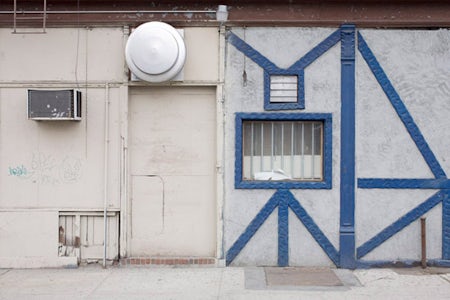
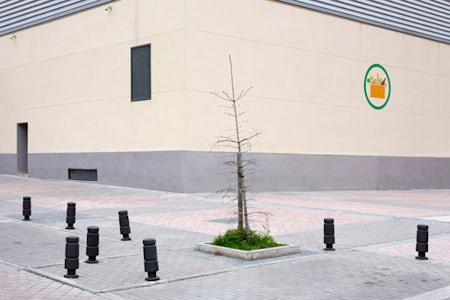
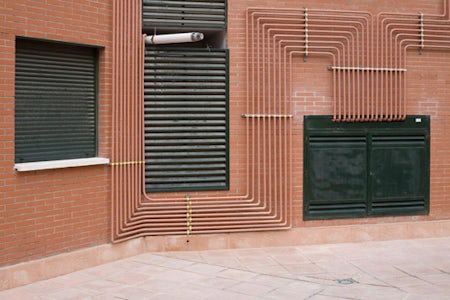
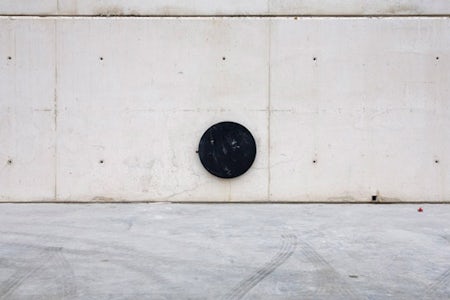
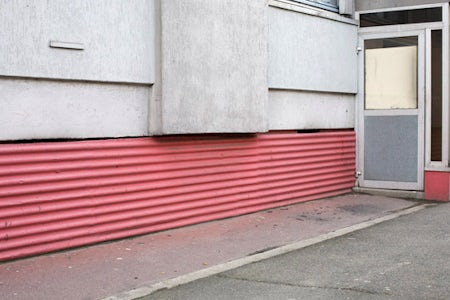

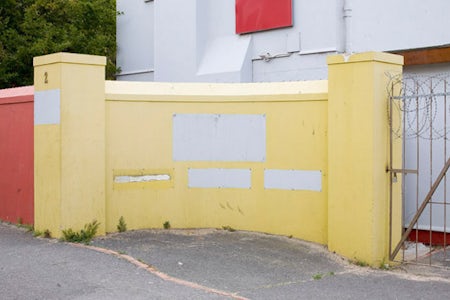

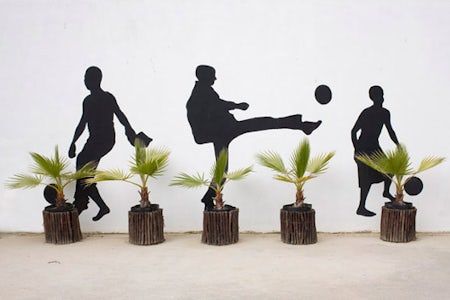
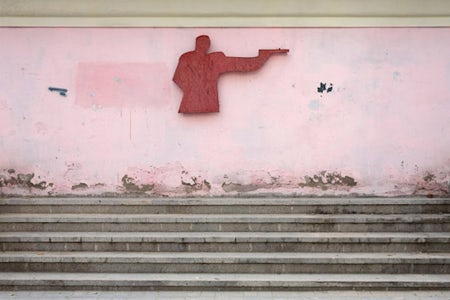
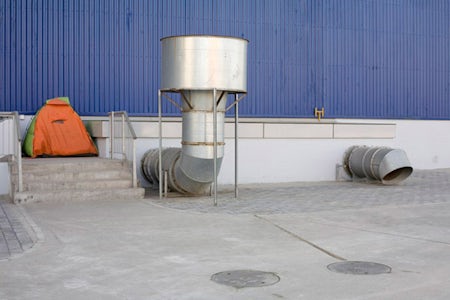
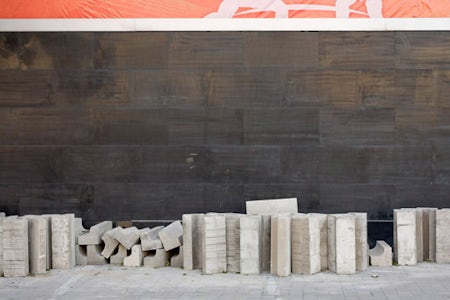
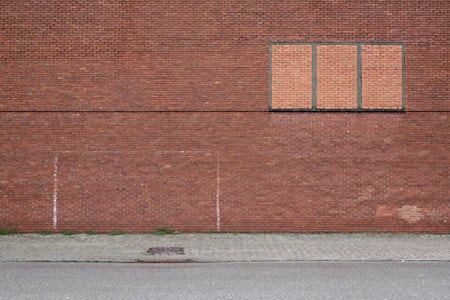
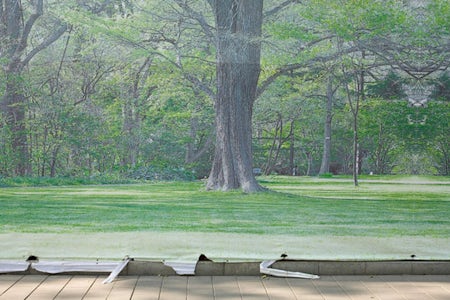
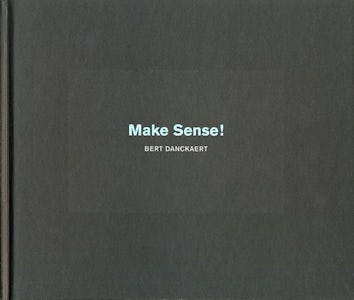
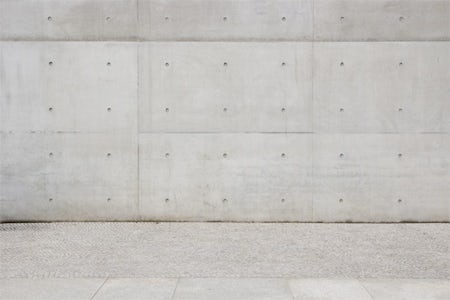
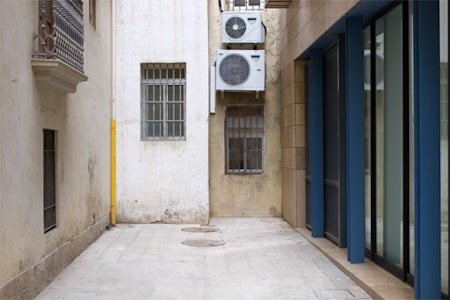
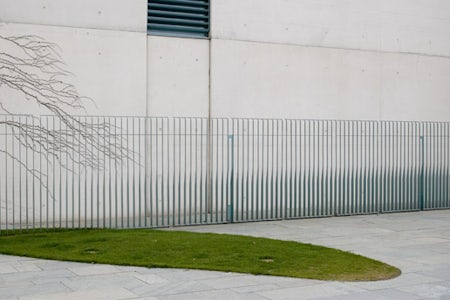
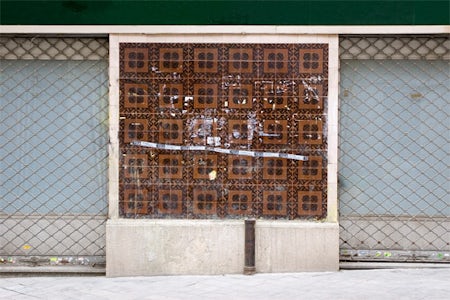
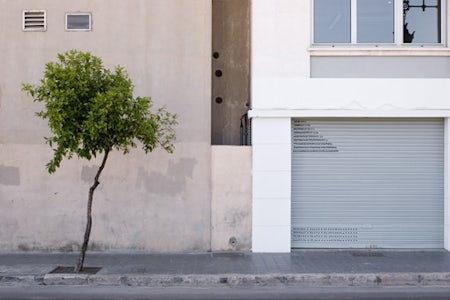
Group shows (selection)
Artist
Group shows (selection)
Curator
Fairs (selectie)
Artists
A curated overview of visual artists in Flanders.
Flanders Arts Institute
Expertise centre for performing arts, music and visual arts.

